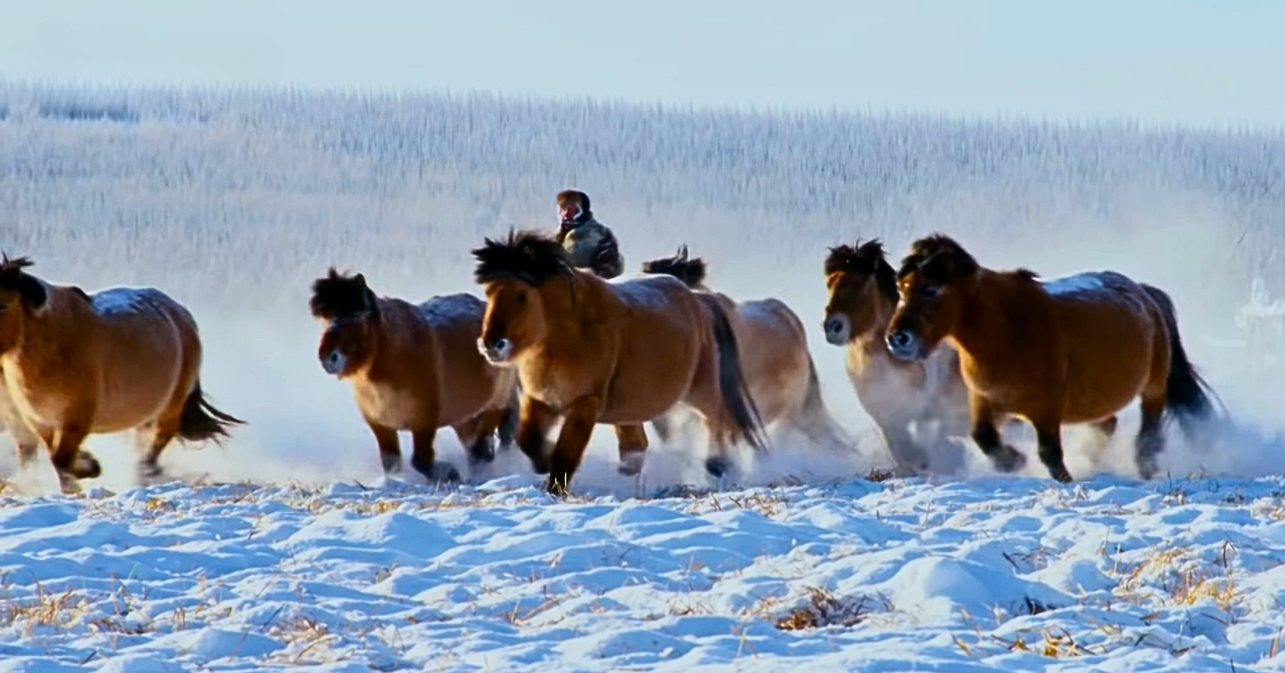Discover the incredible resilience of Yakutian horses, a breed specially adapted to withstand freezing temperatures in the Arctic. These remarkable creatures have evolved unique traits that allow them to thrive in an environment that would be inhospitable to most other animals.

In the extreme cold of the Yakut region, these horses have undergone physical changes to help them survive. They are smaller in size with shorter legs, a functional appearance that aids in conserving heat. During the long winter months, they enter a state of standing hibernation, lowering their metabolism while remaining upright—an exceptional behavior observed only in this horse species. This adaptation is a shining example of the power of natural selection.

The Yakutian horses and the Yakut people who depend on them for their livelihood have truly formed a symbiotic relationship. Without the horses’ ability to withstand the harsh Arctic climate, the survival of both species would be in jeopardy. It is a testament to the remarkable way in which nature can shape animals to suit their surroundings.

Interestingly, the practice of developing horse breeds tailored to specific regions is not uncommon. Every horse culture has its own unique breed, honed to meet the particular demands and conditions of their environment. Just like the Yakutian horses, these breeds have undergone selective breeding to optimize their traits for their respective climates.

Understanding the genetic heritage of our horses and their ability to survive in various climates is a fascinating journey. It reminds us of the remarkable resilience and adaptability of these majestic animals. So, whether it’s the Yakutian horses conquering freezing temperatures or other breeds facing their own environmental challenges, it’s truly awe-inspiring to witness the ways in which horses have evolved to thrive in diverse and often extreme conditions.
